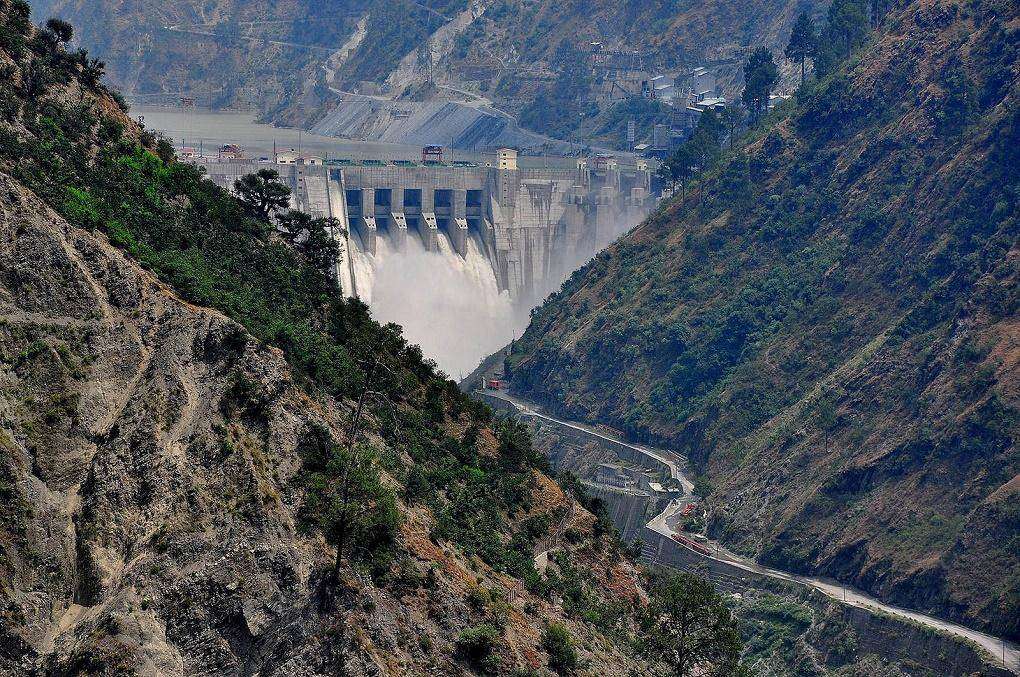Eight hydropower projects on the Indus River and its tributaries in Ladakh capable of producing 144 MW have been shown a green flag by the government, said sources in the Jal Shakti Ministry. A senior official said that currently there are many small projects on Indus in Ladakh which collectively produce around 113 MW. The new projects will have much more capacity than those which are already established. Many of established projects are very small only producing 1MW of electricity.

The official said that both the Central Water Commission and the Indus Commissioner has approved these new projects. These new projects will be established in Kargil and Leh districts of Ladakh. Ladakh makes it difficult to construct big hydropower projects because of its irregular land surfaces.
In Leh, Durbuk Shyok (19 MW), Shankoo (18.5 MW), Nimu Chilling (24 MW), Rongdo (12 MW), Ratan Nag (10.5 MW) hydropower projects are passed, while Mangdum Sangra (19 MW), Kargil Hunderman (25 MW) and Tamasha (12 MW) will be set up in Kargil.
Once other mandatory clearances are obtained, the construction of these new projects will start.
The official informed that the designs of these projects are certified to be compliant with the Indus Waters Treaty by the Central Water Commission. According to the provisions of the treaty, the information regarding the design of these projects is being provided to Pakistan.
The development progress of these projects on the Indus river has not been very fast, especially in the Ladakh region. By now, only two major projects have been constructed- Chutak project which is capable of producing upto 44 MW on Suru, a tributary of the Indus, and Nimoo Bazgo with upto 45 MW located on the Indus.
The Indus Waters Treaty signed by India and Pakistan states that the usage of water of Indus and its five tributaries flowing from India to Pakistan has to be divided between both the nations. According to it, three eastern rivers namely Ravi, Beas and Sutlej will be utilized by the India while Pakistan can make use of western rivers, namely Indus, Chenab and Jhelum.
India uses around 94 per cent of its share under the treaty. The rest of the water goes to Pakistan. India is making efforts to utilize that water by projects like Ujh Multipurpose project, Shahpurkandi Dam project and the second Ravi Beas Link.